The importance of specialized freight forwarding for hazmat goods cannot be overstated. Unlike regular freight, hazmat shipping requires a deep understanding of international and local regulations, stringent documentation, specialized packaging, and careful route planning to mitigate risks. Specialized freight forwarders are equipped with the expertise and resources necessary to navigate complex regulations, ensuring that hazardous materials are transported safely and efficiently. They play a pivotal role in coordinating with carriers, customs authorities, and shippers to ensure compliance with all necessary legal requirements, ultimately protecting people, property, and the environment.
Related Article : Shipping From China to United Kingdom
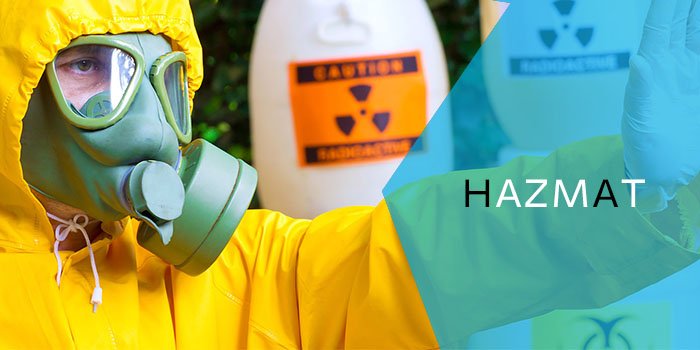
In this blog, we will explore the intricacies of hazmat freight forwarding, including regulatory compliance, the role of specialized freight forwarders, best practices for shippers, and the impact of technology on the shipping process. Whether you are a business owner looking to transport hazardous materials or an individual seeking to understand the complexities of hazmat shipping, this comprehensive guide will provide valuable insights into the safe and efficient movement of hazardous goods.
Understanding Hazmat Freight
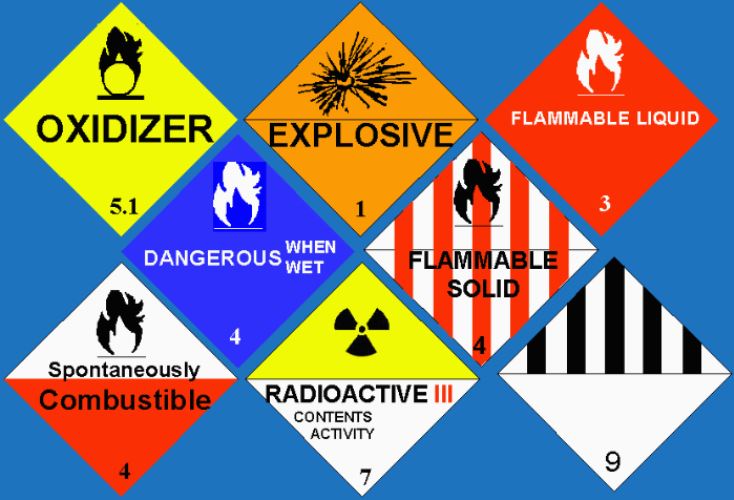
Hazardous materials (hazmat) are substances that pose a risk to health, safety, property, or the environment during transportation. These materials can be in various forms, including solids, liquids, gases, or even biological agents. The classification of hazardous materials is determined by their properties and potential dangers, including flammability, corrosivity, reactivity, and toxicity. Proper identification and handling of hazmat are crucial to ensure safety during shipping. For a comprehensive guide on the subject, you can explore Hazardous Materials Regulations provided by the U.S. Department of Transportation.
Common Types of Hazmat Goods Shipped from China to the UK
Shipping hazardous materials from China to the UK(United Kingdom) often involves various products that fall under specific categories. Some common types include:
- Chemicals: Industrial chemicals, pesticides, and solvents that require careful handling due to their volatile nature.
- Lithium Batteries: Frequently shipped for electronics, these batteries can present fire hazards if not packaged properly.
- Medical Waste: Biological materials requiring special handling due to their infectious nature.
- Paints and Coatings: Often containing solvents and other hazardous components that necessitate specific compliance measures.
Understanding the types of hazmat goods is essential for ensuring they are transported safely and in compliance with regulations.
International Regulations Governing Hazmat Transportation
The transportation of hazardous materials is governed by strict international regulations to mitigate risks. Key regulations include:
- The International Air Transport Association (IATA): Provides guidelines for air transport of hazardous goods, ensuring safety and compliance during air freight.
- The International Maritime Organization (IMO): Sets standards for the shipping of hazardous materials by sea under the International Maritime Dangerous Goods (IMDG) Code.
- The United Nations (UN): Classifies hazardous materials into specific categories and assigns UN numbers to facilitate identification and compliance during transportation.
Adhering to these regulations is crucial for freight forwarders like Dantful International Logistics, which specializes in providing compliant and safe transportation of hazmat goods.
Dantful International Logistics Services:
- Dantful Ocean Freight Services
- Air Freight From China
- Amazon FBA Freight Forwarding
- WAREHOUSE Services
- One-Stop Customs Clearance Solution
- Cargo Insurance Services in China
- DDP Shipping Services By Dantful Logistics
- Out of Gauge Cargo Transportation Shipping Services
Challenges in Hazmat Shipping from China to the UK
Strict Regulatory Compliance
One of the most significant challenges in shipping hazmat from China to the UK is ensuring strict compliance with multiple layers of regulations. Each country has its own set of laws, and failing to comply can lead to severe penalties, including fines and shipment delays. It is vital for businesses to work with experienced hazmat freight forwarders who are familiar with these regulations to avoid any compliance issues.
Documentation Requirements
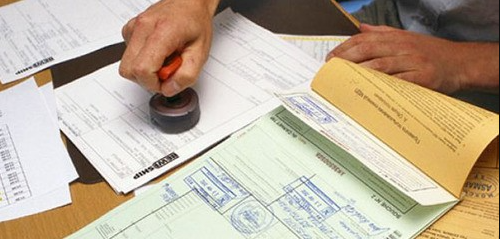
Shipping hazardous materials requires extensive documentation to ensure legality and safety throughout the transportation process. Required documents may include:
- Safety Data Sheets (SDS): Detailing the properties and handling procedures of the hazardous materials.
- Declaration of Dangerous Goods: Essential for declaring the nature of the shipment to authorities and carriers.
- Transport Emergency Card: Providing emergency responders with necessary information in case of an incident.
Non-compliance with documentation requirements can lead to shipment delays or confiscation, making it crucial to partner with a knowledgeable logistics provider like Dantful International Logistics.
Packaging and Labeling Standards
Proper packaging and labeling are essential for the safe transport of hazmat goods. The packaging must meet regulatory standards to prevent leakage or damage during transit, while labels must convey the nature of the hazard clearly. Failure to adhere to these standards can result in accidents, regulatory penalties, and damage to the goods being transported.
Route Planning and Mode Selection
Effectively planning the route and selecting the appropriate mode of transport for hazmat goods can be challenging. Factors to consider include:
- Environmental Restrictions: Certain routes may have restrictions for hazardous materials due to environmental concerns, necessitating alternative planning.
- Optimal Mode of Transport: Choosing between air freight, ocean freight, or road transport based on the urgency, cost, and nature of the goods.
- Emergency Response Planning: Preparing for potential accidents during transit by having a contingency plan in place.
A professional freight forwarder like Dantful can help navigate these challenges, ensuring that hazmat goods are shipped safely and efficiently from China to the UK.
Role of Specialized Hazmat Freight Forwarders
Expertise in Hazmat Regulations
Specialized hazmat freight forwarders possess extensive knowledge of the complex and evolving regulations governing the transportation of hazardous materials. Their expertise ensures compliance with both international and domestic laws, reducing the risk of penalties and delays. These forwarders stay updated on the latest regulations, such as those outlined by the International Air Transport Association (IATA) and the International Maritime Organization (IMO), allowing them to guide shippers in proper procedures and best practices.
By leveraging their regulatory expertise, specialized freight forwarders can ensure that shipments adhere to the necessary guidelines, improving safety and efficiency in the transportation process.
Risk Assessment and Mitigation
Transporting hazardous materials involves inherent risks that require careful assessment and mitigation strategies. Hazmat freight forwarders conduct thorough risk assessments to identify potential hazards associated with specific materials and transportation routes. This includes evaluating factors such as:
- Material Properties: Understanding the nature of the hazardous goods being shipped.
- Transportation Environment: Assessing weather conditions, traffic patterns, and potential hazards on chosen routes.
- Emergency Response Plans: Developing contingency plans in case of incidents, ensuring that all stakeholders know their roles.
By implementing effective risk mitigation strategies, specialized forwarders minimize the chances of accidents and ensure safer transportation of hazmat goods. Dantful International Logistics, for instance, excels in this area, providing clients with tailored risk management plans.
Proper Documentation Handling
Proper documentation is critical in the hazmat shipping process, and specialized freight forwarders handle this aspect meticulously. They ensure that all required documents are prepared accurately and submitted timely, preventing potential delays or legal issues. Key documentation includes:
- Safety Data Sheets (SDS): Providing vital information about the hazardous materials being transported.
- Dangerous Goods Declarations: Essential for notifying carriers and customs about the nature of the goods.
- Transport Emergency Cards: Outlining emergency procedures and contact information in the event of an incident.
With their expertise in documentation handling, specialized freight forwarders streamline the shipping process, ensuring compliance and safety throughout the journey.
Coordination with Carriers and Customs Authorities
Effective coordination with carriers and customs authorities is essential in the hazmat shipping process. Specialized freight forwarders play a pivotal role in liaising between various stakeholders to ensure smooth operations. This coordination involves:
- Carrier Selection: Choosing the appropriate carriers experienced in handling hazardous materials, ensuring compliance with relevant regulations.
- Customs Communication: Ensuring that customs authorities are informed about the hazardous nature of the shipment for smooth clearance.
- Real-time Updates: Providing clients with updates on the shipment status, potential delays, or regulatory changes.
By fostering strong relationships with carriers and customs officials, specialized freight forwarders enhance the overall efficiency of hazmat shipping, making them an invaluable partner in the process.
Key Steps in Hazmat Freight Forwarding Process

Classification and Identification of Hazardous Materials
The first step in the hazmat freight forwarding process is the classification and identification of hazardous materials. This involves determining the specific properties of the materials being shipped and categorizing them according to established regulations. Accurate classification is crucial, as it dictates the subsequent steps in handling, packaging, and transporting the goods. Using guidelines from organizations such as the United Nations, specialized freight forwarders ensure that all materials are correctly identified to prevent mishandling or regulatory violations.
Selecting Appropriate Packaging and Containment
Proper packaging is essential for the safe transport of hazardous materials. Specialized freight forwarders select appropriate packaging that meets regulatory requirements and is designed to contain the specific hazards of the materials being shipped. This includes using:
- UN-approved containers: Ensuring that the packaging has been tested for safety and compliance.
- Tamper-proof seals: Preventing unauthorized access and ensuring the integrity of the shipment.
- Labeling Standards: Clearly marking packages with the correct hazard labels to inform handlers of potential risks.
By utilizing appropriate packaging and containment methods, hazmat freight forwarders significantly reduce the likelihood of spills or accidents during transit.
Preparing Required Documentation
As previously mentioned, documentation is critical in hazmat shipping. Specialized freight forwarders meticulously prepare all necessary paperwork, ensuring that it is accurate and complete. This includes creating or obtaining:
- Safety Data Sheets (SDS)
- Dangerous Goods Declarations
- Transport Emergency Cards
By effectively handling documentation, freight forwarders minimize the chances of delays or complications during the shipping process, ensuring a smoother journey for hazardous materials.
Choosing Suitable Transportation Modes
Selecting the right mode of transportation is crucial for the safe and efficient movement of hazmat goods. Specialized freight forwarders evaluate various factors to determine the most suitable mode, including:
- Urgency of Delivery: Air freight may be chosen for time-sensitive shipments, while ocean freight might be more cost-effective for larger volumes.
- Nature of the Hazard: Certain materials may have restrictions on specific modes of transport; for example, some hazardous materials may not be permitted on passenger aircraft.
- Cost Considerations: Assessing the balance between speed and cost to find the most efficient solution for clients.
By choosing the optimal transportation mode, specialized freight forwarders enhance the overall shipping experience while maintaining safety and compliance.
Customs Clearance Procedures
Navigating customs clearance is one of the final steps in the hazmat shipping process. Specialized freight forwarders ensure that all documentation is in order and that the shipment adheres to customs regulations in both the origin and destination countries. This involves:
- Filing Necessary Paperwork: Submitting all relevant documentation to customs authorities.
- Paying Duties and Taxes: Ensuring that any applicable fees are settled promptly.
- Compliance Checks: Coordinating with customs officials to verify that the shipment meets all regulatory requirements.
By effectively managing customs clearance procedures, specialized freight forwarders streamline the process, ensuring timely delivery of hazmat goods to their final destination. For businesses looking for efficient and compliant hazmat shipping solutions, partnering with a trusted provider like Dantful International Logistics is crucial.
Read More:
- Shipping From China To Netherlands
- Shipping From China To Spain
- Shipping From China To Germany
- Shipping From China To France
- Shipping From China to Italy
- Shipping From China To Poland
- Shipping From China to United Kingdom
Compliance with International Standards
Compliance with international standards is a critical aspect of hazmat freight forwarding, ensuring that hazardous materials are transported safely and legally. Different transport modes have specific regulations that must be adhered to, reflecting the unique challenges associated with each mode.
IATA Dangerous Goods Regulations for Air Freight
The International Air Transport Association (IATA) establishes the Dangerous Goods Regulations (DGR) for the safe transportation of hazardous materials by air. These regulations encompass a wide range of requirements, including:
- Classification of Dangerous Goods: Materials are categorized based on their specific hazards, ensuring that appropriate precautions are taken during transport.
- Packaging Requirements: The IATA DGR specifies the types of packaging that must be used to mitigate risks associated with air transport, such as pressure changes and temperature fluctuations.
- Labeling and Marking: All hazardous materials must be clearly labeled to indicate their nature and the necessary precautions that must be taken in case of an emergency.
Adhering to IATA regulations is vital for freight forwarders engaged in air transport of hazardous materials, as non-compliance can lead to severe penalties, shipment delays, and safety hazards. Companies like Dantful International Logistics are well-versed in these regulations, ensuring that all shipments comply with IATA standards.
IMDG Code for Sea Freight
The International Maritime Organization (IMO) governs the transport of hazardous materials by sea through the International Maritime Dangerous Goods (IMDG) Code. This comprehensive code outlines requirements for:
- Classification and Packaging: Just like air freight, hazardous materials must be classified and packaged according to their risks. The IMDG Code provides specific guidelines for various classes of dangerous goods.
- Stowage and Segregation: The code prescribes how hazardous materials should be stowed on vessels to prevent dangerous reactions, including segregation from incompatible materials.
- Emergency Response: The IMDG Code requires that vessels carry specific emergency response procedures to mitigate risks during transport.
Compliance with the IMDG Code is essential for ensuring safe and efficient maritime transport of hazardous materials. Freight forwarders familiar with these regulations can facilitate smoother shipping processes while minimizing risks.
ADR Regulations for Road Transport in Europe
For road transport within Europe, the European Agreement concerning the International Carriage of Dangerous Goods by Road (ADR) sets out various regulations governing the safe transportation of hazardous materials. Key aspects of the ADR include:
- Vehicle Requirements: Specific types of vehicles must be used for transporting dangerous goods, ensuring they are equipped to handle potential hazards.
- Driver Training: Drivers transporting hazardous materials must undergo specialized training and certification to understand the risks and safety protocols associated with such shipments.
- Transport Documentation: Similar to air and sea transport, the ADR mandates that appropriate documentation accompanies hazardous shipments to ensure transparency and compliance.
Specialized freight forwarders must adhere to ADR regulations to facilitate safe and legal road transport of hazmat goods across Europe, making their expertise invaluable.
Technology in Hazmat Freight Forwarding
The integration of technology in hazmat freight forwarding has transformed how hazardous materials are managed during transport, enhancing safety, efficiency, and compliance.
Track and Trace Systems for Real-Time Monitoring
Track and trace systems have become essential tools in hazmat freight forwarding, allowing for real-time monitoring of shipments throughout their journey. By leveraging GPS and RFID technology, freight forwarders can:
- Monitor Location: Keep track of the shipment’s location, ensuring it follows the planned route and arrives on time.
- Ensure Safety: Receive alerts in case of unauthorized access or deviations from the planned route, enhancing the security of hazardous materials.
- Provide Transparency: Offer clients real-time updates on their shipments, improving communication and trust.
Implementing these systems enhances the overall management of hazardous materials, ensuring safety and compliance throughout the transportation process.
Digital Documentation and E-Filing
The shift towards digital documentation and e-filing has streamlined the hazmat freight forwarding process. By utilizing electronic platforms for documentation, freight forwarders can:
- Reduce Paperwork: Minimize the reliance on physical documents, decreasing the risk of loss or errors in documentation.
- Enhance Efficiency: Speed up the filing process and ensure that all necessary paperwork is submitted promptly to authorities.
- Facilitate Compliance: Digital systems can provide automated checks to ensure all required documentation is correctly completed and compliant with regulations.
This technological advancement not only makes the freight forwarding process more efficient but also supports enhanced regulatory compliance.
Risk Management Software
Risk management software plays a critical role in the safe transportation of hazardous materials. This technology allows freight forwarders to assess, monitor, and mitigate risks associated with hazmat shipments by:
- Conducting Risk Assessments: Analyzing potential hazards related to specific materials and routes to develop tailored risk mitigation plans.
- Emergency Response Planning: Creating and managing contingency plans within the software to ensure swift action in the event of an incident during transportation.
- Data Analysis: Utilizing data analytics to identify patterns in risks and improve future shipping strategies.
By implementing risk management software, hazmat freight forwarders enhance the safety and efficacy of transporting hazardous materials, ultimately protecting people and the environment. Partnering with a specialized provider like Dantful International Logistics ensures that businesses benefit from cutting-edge technology and expert knowledge in hazmat transportation.
FAQs
What are hazardous materials?
Hazardous materials (hazmat) are substances that can pose a risk to health, safety, property, or the environment during transportation. They can include chemicals, biological agents, and certain types of waste.
How do I determine if my goods are classified as hazmat?
To determine if your goods are classified as hazmat, consult relevant guidelines such as the IATA Dangerous Goods Regulations or the IMDG Code. These documents outline classifications and criteria for various hazardous materials.
What are the consequences of improperly shipping hazmat goods?
Improperly shipping hazmat goods can lead to severe consequences, including fines, shipment delays, injury to persons, environmental damage, and legal liability.
How can I ensure compliance when shipping hazardous materials?
To ensure compliance, work with specialized hazmat freight forwarders, adhere to international regulations such as the IATA DGR and IMDG Code, and implement best practices for declaration, packaging, and communication.
Can I ship hazardous materials by air?
Yes, hazardous materials can be shipped by air, but they must comply with the IATA Dangerous Goods Regulations. Proper classification, packaging, and documentation are essential for safe air transport of hazmat goods.
References
- International Air Transport Association (IATA). (2023). Dangerous Goods Regulations. Retrieved from IATA DGR
- International Maritime Organization (IMO). (2023). IMDG Code. Retrieved from IMDG Code
- U.S. Department of Transportation. (2023). Hazardous Materials Regulations. Retrieved from PHMSA Hazmat Regulations
- European Commission. (2023). Transport of Dangerous Goods. Retrieved from Transport of Dangerous Goods

Young Chiu is a seasoned logistics expert with over 15 years of experience in international freight forwarding and supply chain management. As CEO of Dantful International Logistics, Young is dedicated to providing valuable insights and practical advice to businesses navigating the complexities of global shipping.


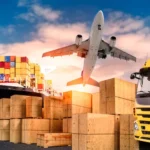
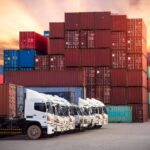


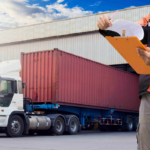
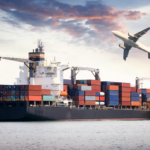

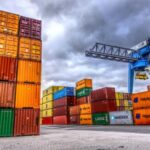
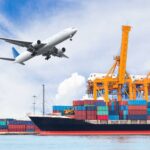
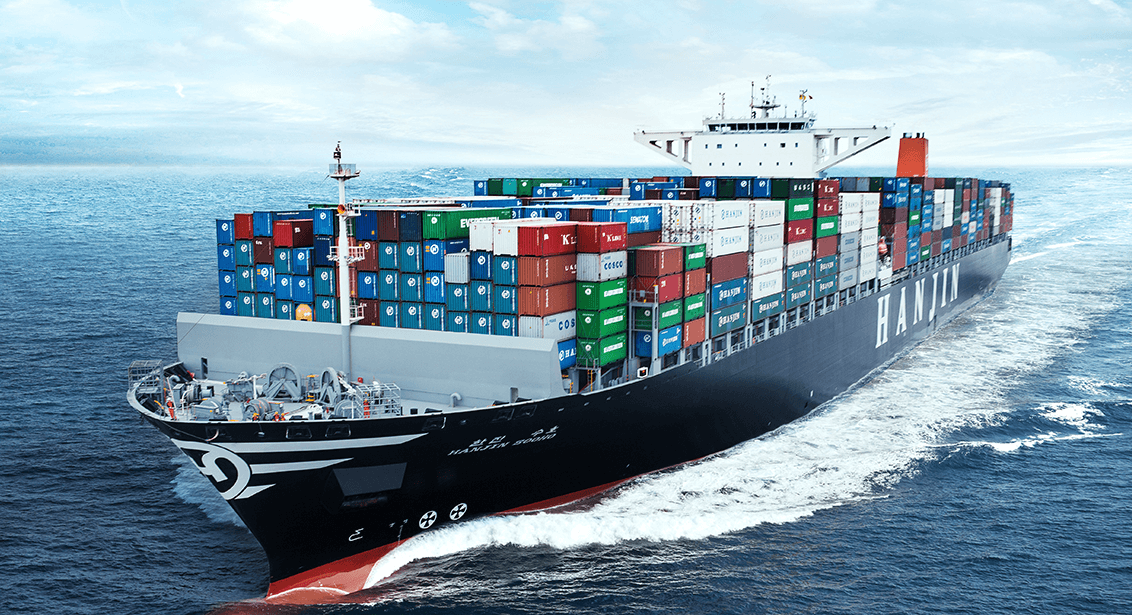
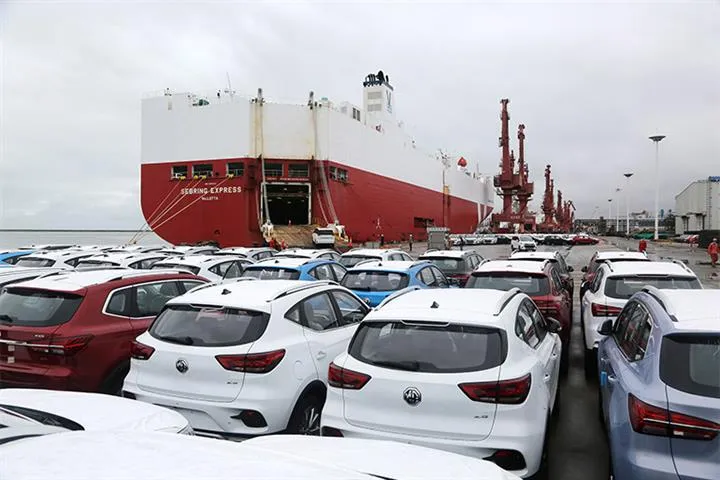

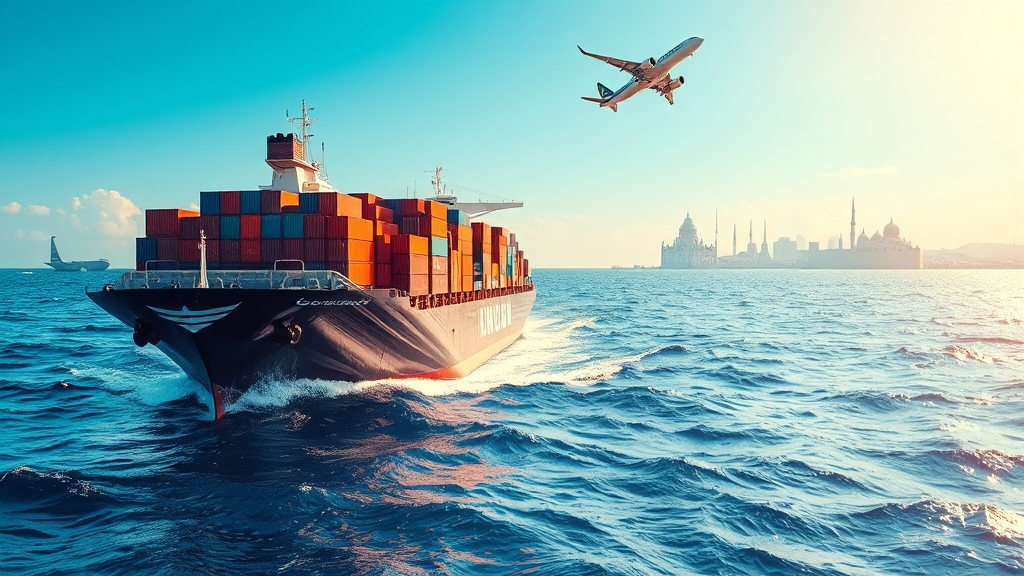
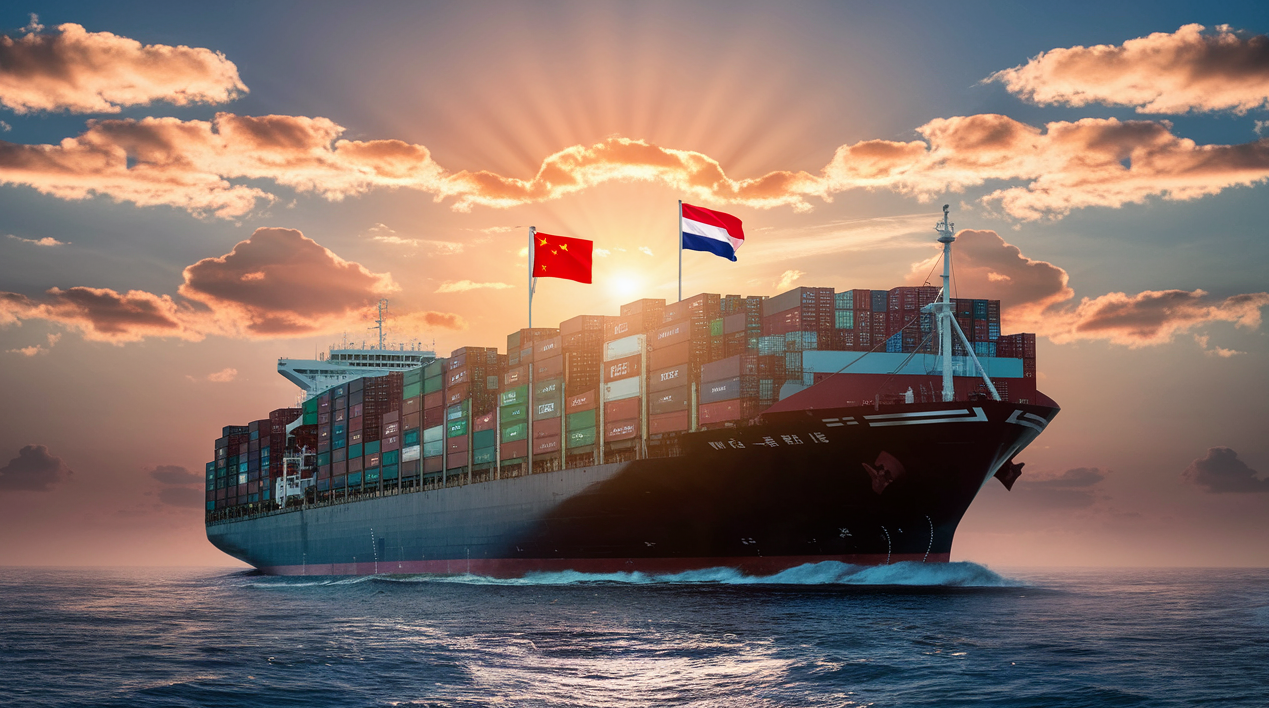





 Afrikaans
Afrikaans Shqip
Shqip አማርኛ
አማርኛ العربية
العربية Հայերեն
Հայերեն Azərbaycan dili
Azərbaycan dili Euskara
Euskara Беларуская мова
Беларуская мова বাংলা
বাংলা Bosanski
Bosanski Български
Български Català
Català Cebuano
Cebuano Chichewa
Chichewa 简体中文
简体中文 繁體中文
繁體中文 Corsu
Corsu Hrvatski
Hrvatski Čeština
Čeština Dansk
Dansk Nederlands
Nederlands English
English Esperanto
Esperanto Eesti
Eesti Filipino
Filipino Suomi
Suomi Français
Français Galego
Galego ქართული
ქართული Deutsch
Deutsch Ελληνικά
Ελληνικά Kreyol ayisyen
Kreyol ayisyen Harshen Hausa
Harshen Hausa Ōlelo Hawaiʻi
Ōlelo Hawaiʻi עִבְרִית
עִבְרִית हिन्दी
हिन्दी Hmong
Hmong Magyar
Magyar Íslenska
Íslenska Igbo
Igbo Bahasa Indonesia
Bahasa Indonesia Gaeilge
Gaeilge Italiano
Italiano 日本語
日本語 Basa Jawa
Basa Jawa ಕನ್ನಡ
ಕನ್ನಡ Қазақ тілі
Қазақ тілі ភាសាខ្មែរ
ភាសាខ្មែរ 한국어
한국어 كوردی
كوردی Кыргызча
Кыргызча ພາສາລາວ
ພາສາລາວ Latin
Latin Latviešu valoda
Latviešu valoda Lietuvių kalba
Lietuvių kalba Lëtzebuergesch
Lëtzebuergesch Македонски јазик
Македонски јазик Malagasy
Malagasy Bahasa Melayu
Bahasa Melayu മലയാളം
മലയാളം Maltese
Maltese Te Reo Māori
Te Reo Māori मराठी
मराठी Монгол
Монгол ဗမာစာ
ဗမာစာ नेपाली
नेपाली Norsk bokmål
Norsk bokmål پښتو
پښتو فارسی
فارسی Polski
Polski Português
Português ਪੰਜਾਬੀ
ਪੰਜਾਬੀ Română
Română Русский
Русский Samoan
Samoan Gàidhlig
Gàidhlig Српски језик
Српски језик Sesotho
Sesotho Shona
Shona سنڌي
سنڌي සිංහල
සිංහල Slovenčina
Slovenčina Slovenščina
Slovenščina Afsoomaali
Afsoomaali Español
Español Basa Sunda
Basa Sunda Kiswahili
Kiswahili Svenska
Svenska Тоҷикӣ
Тоҷикӣ தமிழ்
தமிழ் తెలుగు
తెలుగు ไทย
ไทย Türkçe
Türkçe Українська
Українська اردو
اردو O‘zbekcha
O‘zbekcha Tiếng Việt
Tiếng Việt Cymraeg
Cymraeg יידיש
יידיש Yorùbá
Yorùbá Zulu
Zulu